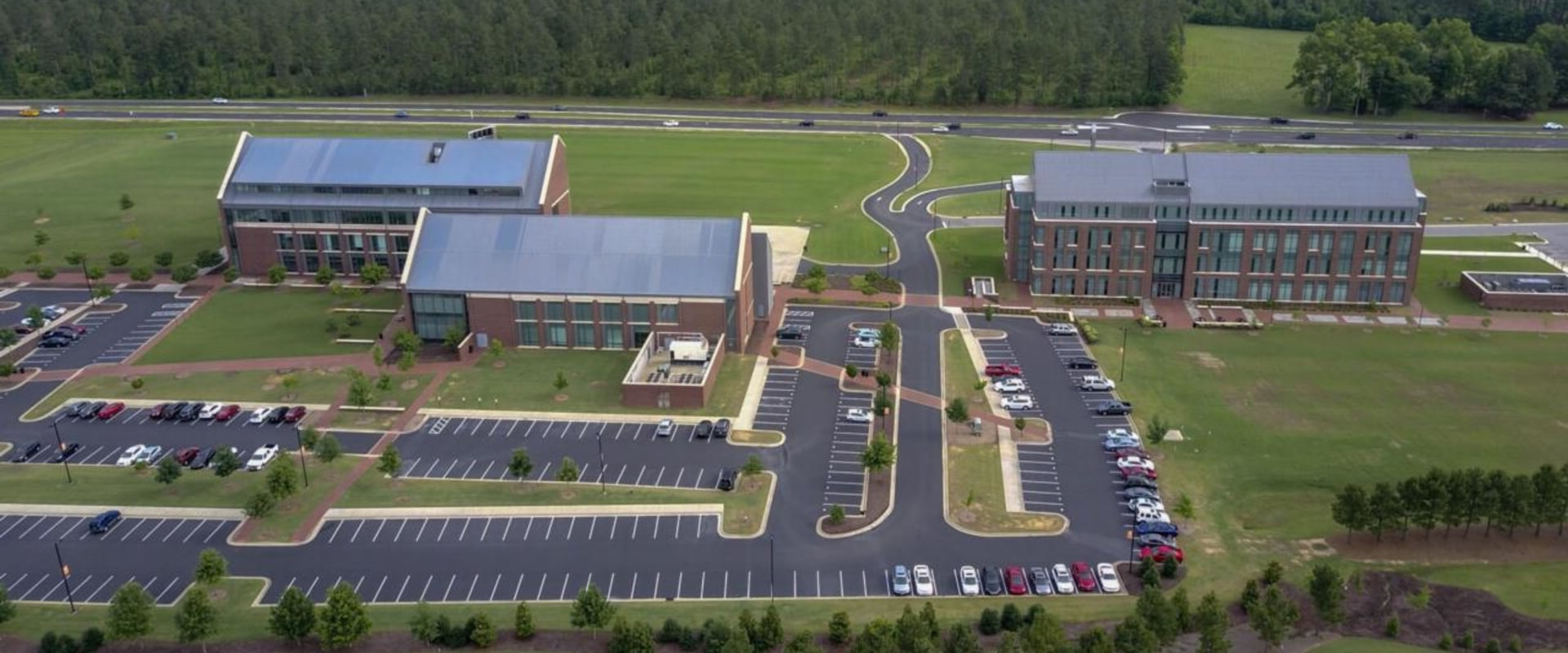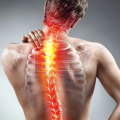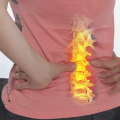Osteopathic physicians can currently be licensed in 65 countries, osteopathic curricula in countries other than the United States differ. They are known as osteopaths and their scope of practice excludes some conventional medical therapies, based more exclusively on osteopathic manipulative medicine and other alternative medical modalities. In the United States, doctors of osteopathic medicine are doctors who are also trained in osteopathic manipulative medicine. The Only Osteopathic Professionals That U.S.
UU. The Department of Education recognizes that physicians are graduates of osteopathic medical schools in the United States. Currently, there are no osteopathic programs located outside the United States that qualify a person to practice as an osteopathic physician in the United States. Foreign osteopathic degrees are not recognized as equivalent to American D, O.
Degree for the purpose of obtaining a medical license in any state in the U.S. On the other hand, the D, O's trained in the United States can currently practice in 65 countries with full medical rights and in several others with restricted rights. In France, Germany and Switzerland, some osteopathic professionals are M, D, s who take additional courses in osteopathy after completing their medical training. In the United Kingdom, Canada, Australia and New Zealand, “osteopaths are trained in osteopathic principles and osteopathic manipulative treatment, but they are not doctors. after completing their medical training. In the United Kingdom, Canada, Australia and New Zealand, “osteopaths are trained in osteopathic principles and osteopathic manipulative treatment, but they are not doctors.
According to BIOMEA, in most countries outside the United States, D, O. It means “diploma of osteopathy”, not “doctor of osteopathic medicine”. The difference is that osteopaths are not trained or licensed as physicians and therefore do not have the same practice rights, such as surgery and prescribing medications. However, osteopaths in some countries act as primary care providers, coordinating treatment with fully licensed primary care physicians.
Get information on COVID-19, COVID-19 vaccines, and updates for Mayo Clinic patients and visitors. Mayo Clinic offers consultations in Arizona, Florida and Minnesota, and at Mayo Clinic Health System locations. A doctor of osteopathic medicine (D, O. A doctor of medicine (M, D.
The main difference between osteopathic and allopathic physicians is that some osteopathic physicians provide manual medicine therapies, such as spinal manipulation or massage therapy, as part of their treatment. After medical school, both M, D, s and D, O, s must complete residency training in their chosen specialties. They must also pass the same licensing exam before they can treat people and prescribe medications. ErrorInclude a valid email address Mayo Clinic does not endorse companies or products.
Advertising Revenue Supports Our Nonprofit Mission. McQuain is a doctor of osteopathic medicine, or DO, the other type of doctor in the United States. And while osteopathic doctors are fully licensed doctors with the same prescribing privileges as doctors, the American Osteopathic Association says that 1 in 5 Americans don't know that ODs exist. Internationally, osteopathic medicine is practiced VERY differently, even in Canada.
Many osteopaths are not doctors and do not take standard allopathic medical school classes. These international osteopaths, not to be confused with osteopathic physicians, practice in a similar way to physical therapists. In the United States, if I wanted to learn osteopathic medicine, I would have to attend medical school. Physician, educator, author and pioneer of the new paradigm of medical thinking.
There are literally thousands of D, O's who work in every medical specialty in hospitals and clinics across the country. There are primary care physicians, obstetricians, endocrinologists, oncologists, neurologists, surgeons and even psychiatrists who are D, O,. Because they tend to wear the same white coats and stethoscopes as M, D, s, s, s, I can understand why this may have fooled poor Mr. I'd be willing to bet that he's worked side by side with D, O, s more than once, even though he didn't know it at the time.
In fact, I myself did postgraduate clinical training in a hospital affiliated with an M, D. Because of the initials, there is a tendency to confuse sometimes D, O. For O, D, which is the appointment of a Doctor of Optometry, or an optometrist. And sometimes people have asked me if I'm a bone doctor, whatever it is.
The academic study of bones is called osteology. I suppose they can confuse osteopaths with chiropractors or orthopedic physicians. Further confusion comes from the fact that D, O, s who practice in countries other than the U.S. Are they non-medical practitioners of manual therapy?.
They don't prescribe medication, diagnose diseases, or perform surgeries. Now you may ask yourself, why do the two professions have different degrees if they have the same training and responsibilities? This is because there are some small but significant differences between M, D, s and D, O, s. Most importantly, osteopathic training emphasizes family medicine and encourages its students to become primary care physicians. Many osteopaths work as family doctors, often in rural and underserved areas of the country.
However, this does not prevent an osteopath from working in urban environments or entering the medical specialty of their choice. The most obvious point of comparison that this brings to mind is chiropractic treatment. While there are some similarities between osteopathic medicine and chiropractic medicine, there are also a number of differences in terms of philosophy, terminology, and practical approaches to healing. The biggest difference is that D, O, s are also licensed to prescribe conventional pharmaceuticals and perform surgeries.
In this regard, D, O, s have all the advantages of M, D, s and chiropractors combined. I also believe that the osteopathic profession is in a unique position to be the holistic representative of the conventional medical world, if only it found the determination to assume that role. Unfortunately, like chiropractic, osteopathy has had to endure a great deal of historical persecution and political pressure from conventional medicine to achieve its current status as a respectable equal. As such, it is reluctant to jeopardize that position by adopting alternative practices.
This is regrettable, because I think it would make osteopathy an even more attractive medical option than it already is today. The future of medicine is very green, and by this I mean that someday, in the not-too-distant future, the medical profession as a whole will avoid the kind of fundamentalist fear-based intolerance personified by medical witch hunters like Mr. And when that day comes, medical diversity and tolerance, in the name of providing the best possible care to those in need of healing, will be the norm. American Association of Colleges of Osteopathic Medicine, Osteopathic Manipulative Medicine, Wikipedia.
The curricula of osteopathic medical schools closely mirror those of allopathic medicine (MD) schools, which require 4 years of training in basic and clinical sciences and include licensing exams). Osteopathic medicine emphasizes helping each person achieve a high level of well-being by focusing on health promotion and disease prevention. In short, “we, as DO, were holistic before holistic became cool,” says William Mayo, president of the American Association. More students see osteopathy as a viable alternative to conventional medical school, or a way to obtain a medical education with scores that do not exceed the traditional cut-off.
Residency programs are available to all osteopathic medicine students, so all board certifications are available. In a study that compared the clinical interactions of MDs and ODs, people with osteopathic training were more likely to call patients by name, explain the sources of the disease to patients, and analyze the social and emotional impacts that an illness can bring. However, a larger study found that the two types of doctors spent the same time with patients, and there was “little evidence to support a distinctive approach by osteopathic physicians.”. Due to the unique accreditation system for postgraduate medical education, osteopathic recognition is now a formal part of the ACGME.
It also offers the added benefit of practical diagnosis and treatment through a treatment system known as osteopathic manipulative medicine. AOA-accredited programs that have already invested resources in the osteopathic approach can capitalize on that investment by maintaining their focus. . .






